One of the Most Iconic Portraits of Abraham Lincoln Revealed to Be Fake
Nowadays, photo manipulation has become almost normal. From Facetune to good old-fashioned Photoshop, many people edit their own photos. While many may assume image editing and doctoring is a modern-day invention, this isn’t true.
From the time when the camera and photographs were invented, people started to edit images. In fact, one of the most iconic portraits of Abraham Lincoln is even fake.
The History of Photographs
When the camera was first invented, many photographers also happened to be painters or artists. This led many to immediately begin to draw on the images they had taken.
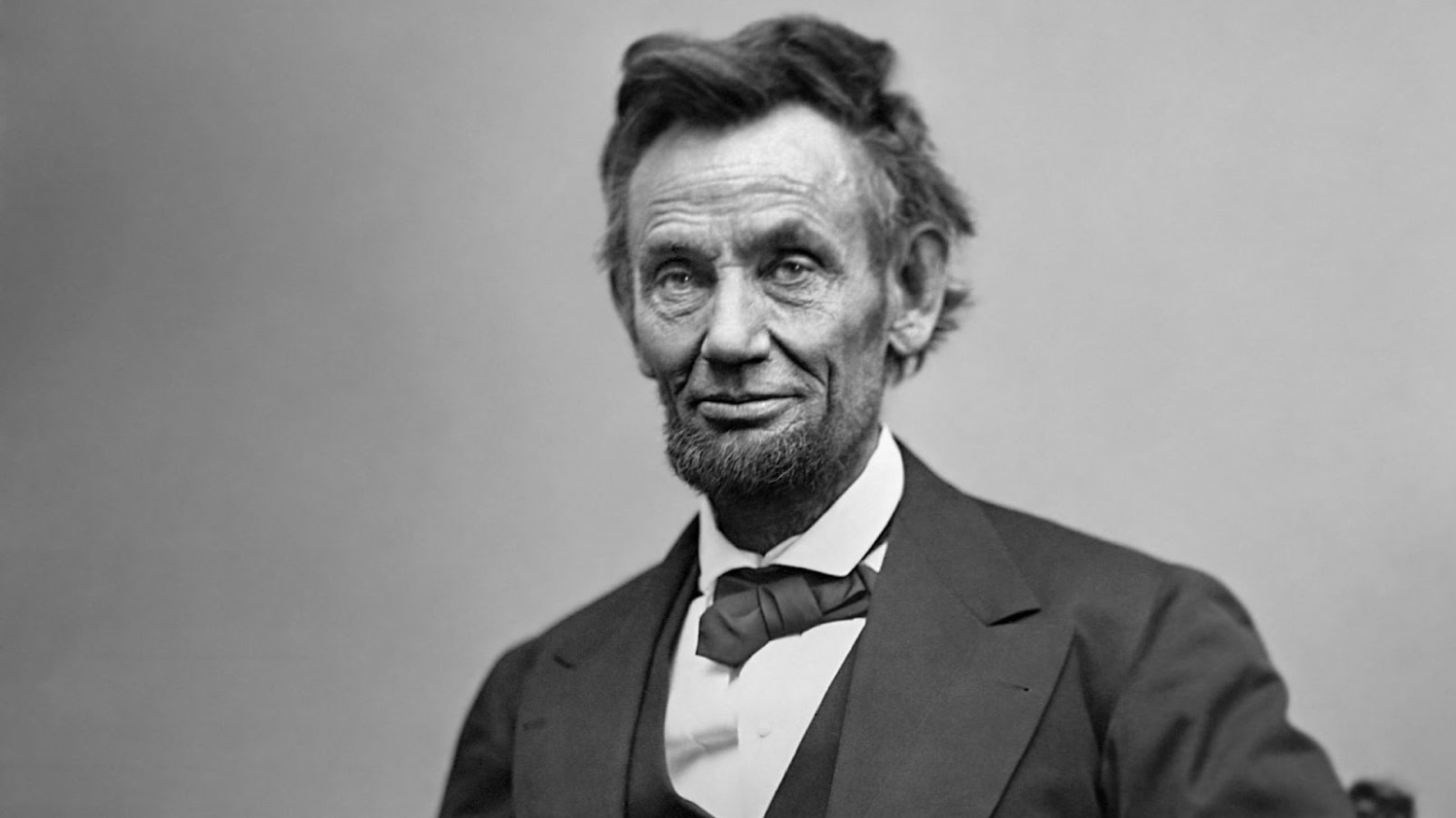
Source: Public Domain/Wikimedia Commons
Hany Faris, a University of California, Berkeley professor, has stated that many pioneers of photography edited photos during the birth of the camera.
The History of Doctored Images
Therefore, AI and Photoshop aren’t the beginnings of doctored or manipulated images. These types of fabrications have long existed within society.
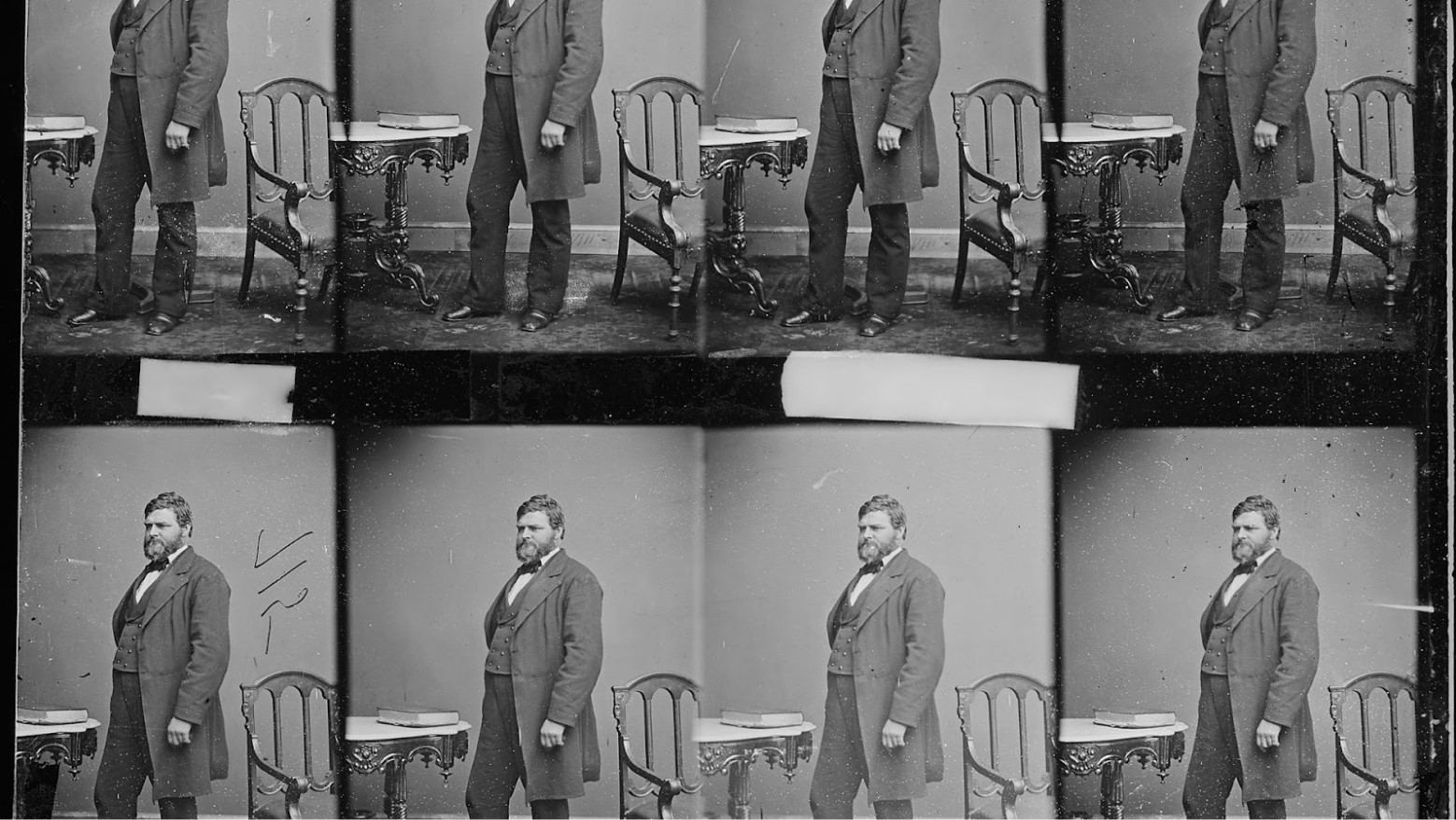
Source: Public Domain/Wikimedia Commons
“We may have the impression that photography can no longer be trusted,” Faris explained. “From the tabloid magazines to the fashion industry, mainstream media outlets, political campaigns, and the photo hoaxes that land in our email in-boxes, doctored photographs are appearing with a growing frequency and sophistication. The truth is, however, that photography lost its innocence many years ago.”
Abraham Lincoln’s Connection With Photographs
Abraham Lincoln was one of the first U.S. presidents to utilize photographs successfully. Though John Quincy Adams holds the record for the oldest photo of a U.S. president, no other official before Lincoln truly succeeded with the use of a camera.
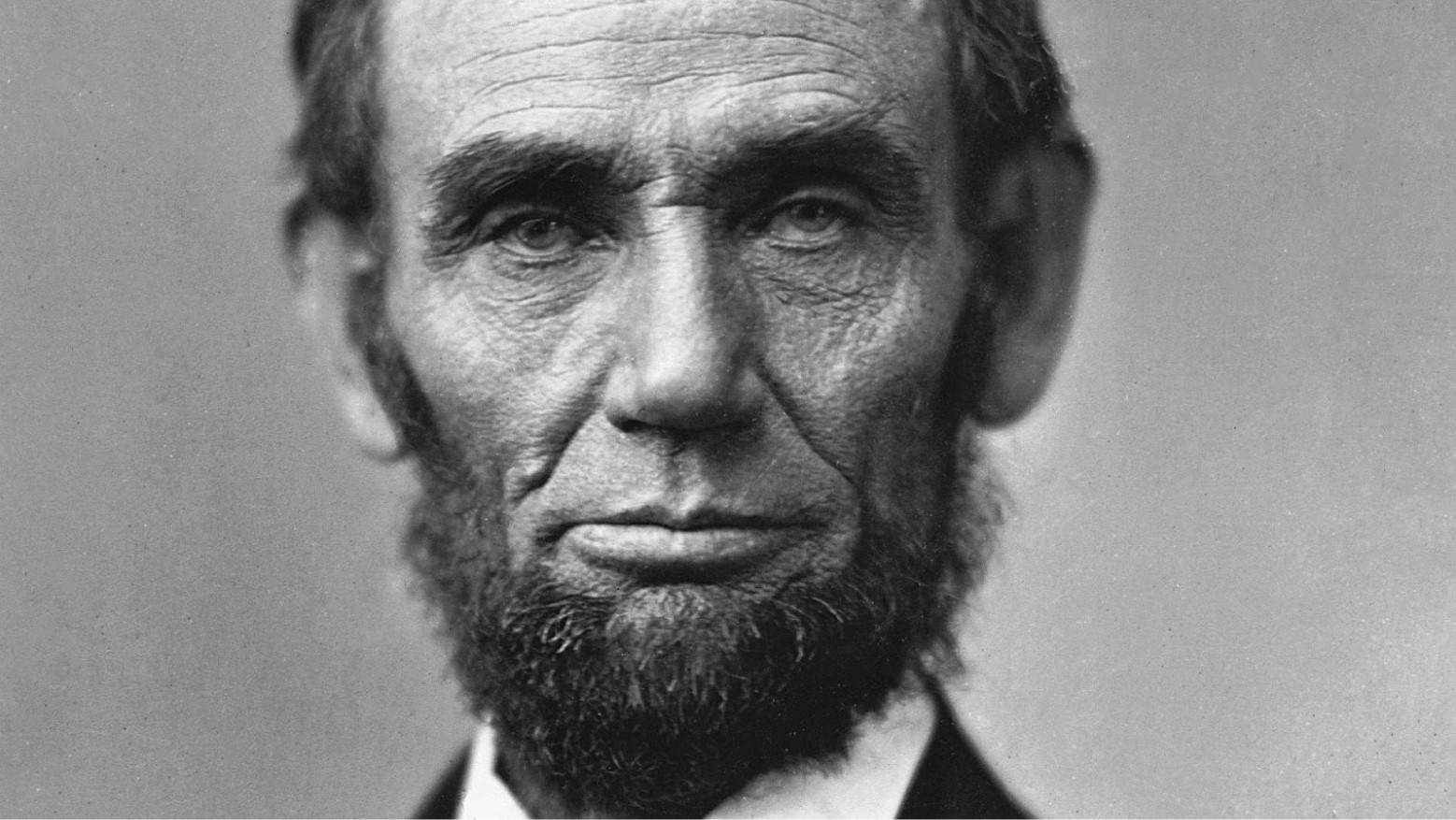
Source: Public Domain/Wikimedia Commons
Lincoln became president in 1861, which was just before the use of a camera became common around the United States.
Lincoln Took Many Photos
Harold Holzer, the author of “The Lincoln Image,” explained that Lincoln realized he could use photographs to his benefit. By ensuring the photos were flattering to him, he could boost his appeal around the country.
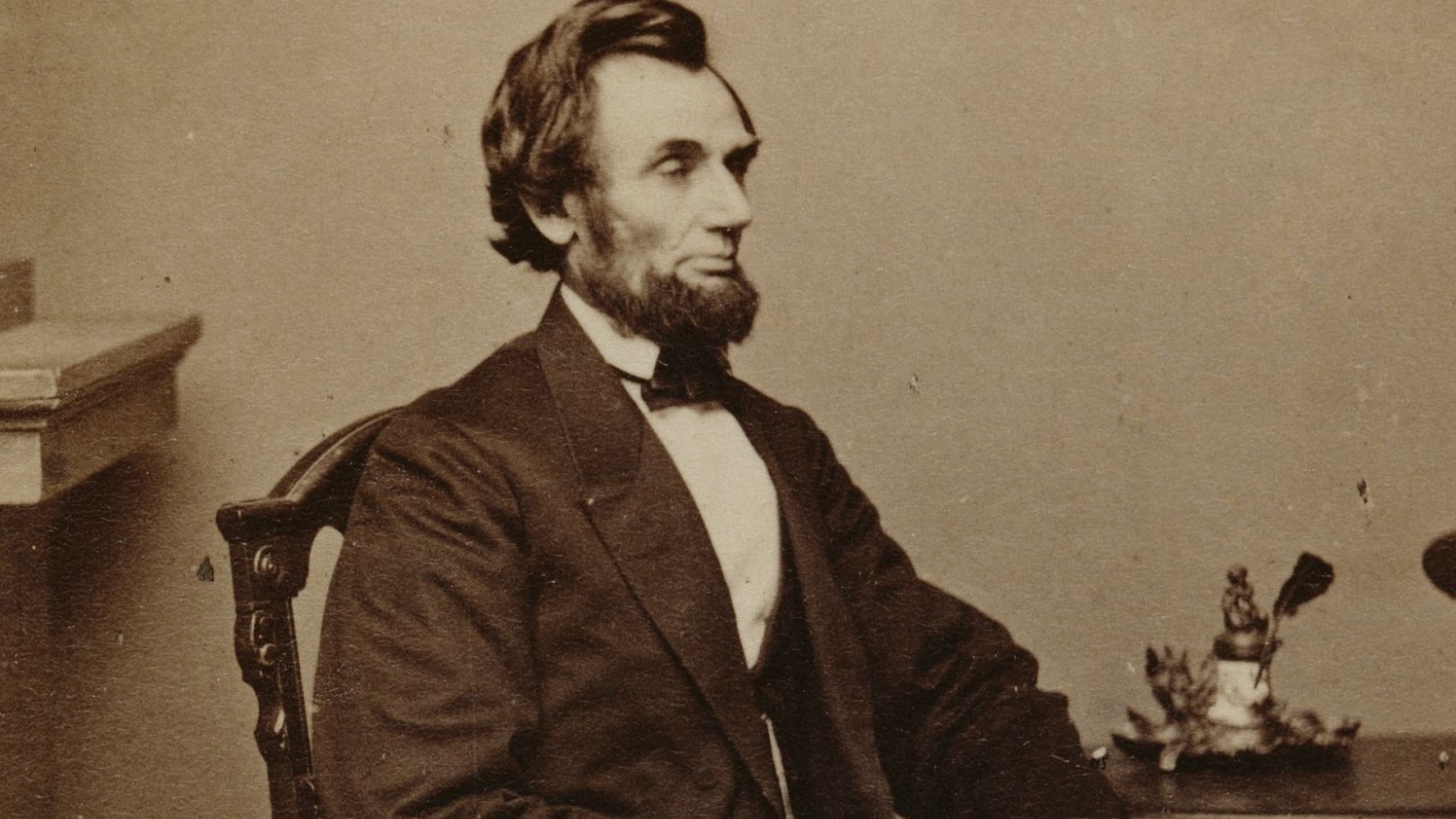
Source: Public Domain/Wikimedia Commons
This led to Lincoln taking more than 120 photographs throughout the last 18 years of his life. The president enjoyed sitting for portraits, as he knew these photographs could help expand his reach.
Editing Photographs During This Time
During the time of Lincoln’s presidency, editing of photographs wasn’t new. However, the president used retouching to his benefit.
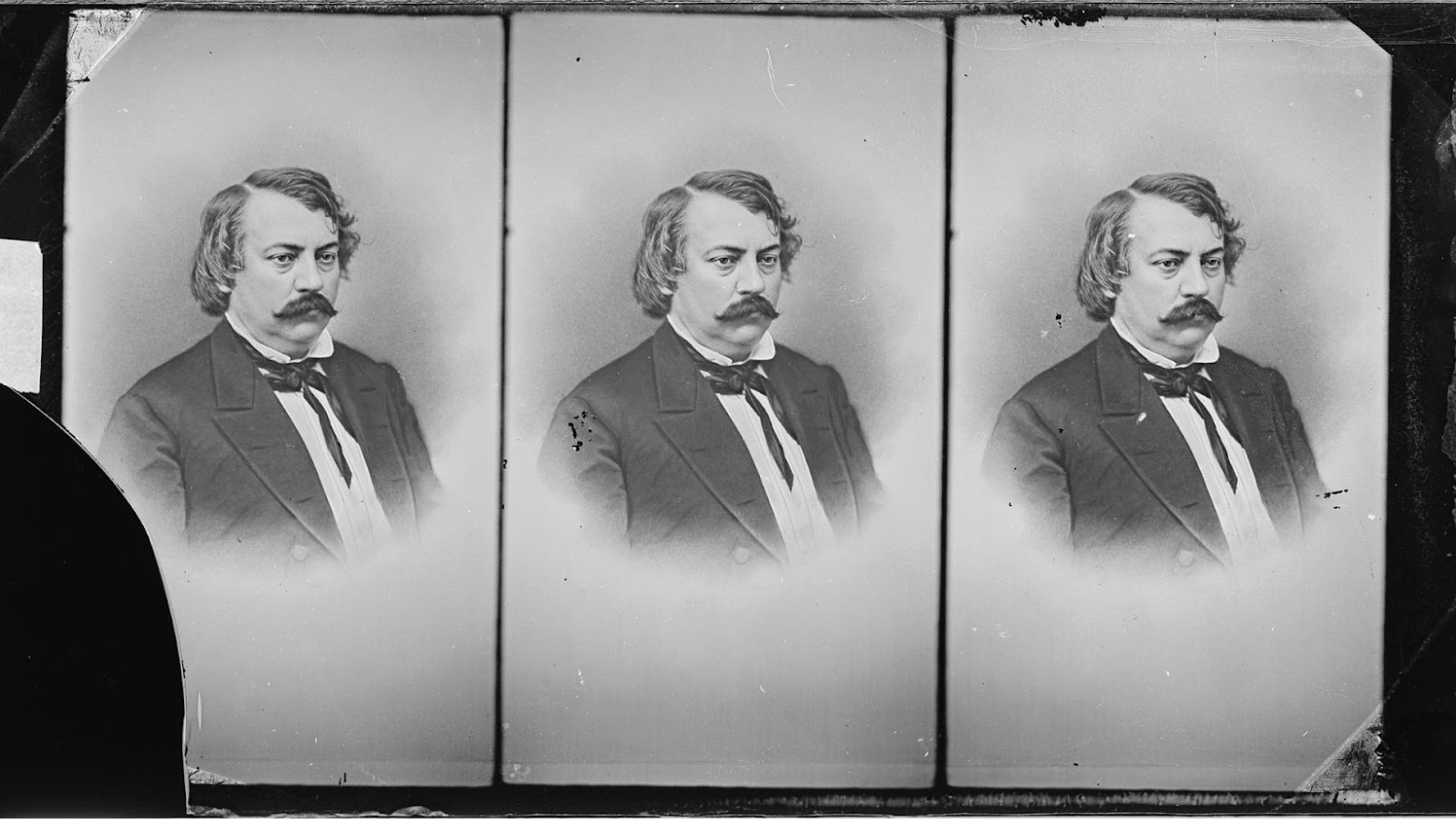
Source: Public Domain/Wikimedia Commons
“It had been done before, but Lincoln and American printmaking more or less came of age together, and the practice grew exponentially during the Civil War,” Holzer said.
What Editing Looked Like
Holzer explained that photo manipulation during the Civil War often saw old prints of heroes be edited to have a new head — a head that belonged to Lincoln, for example.

Source: Public Domain/Wikimedia Commons
“Prints of old Mexican War-era heroes were reissued with new heads; beardless pictures of men like Lincoln, Lee, and Jackson were updated. One publisher in Ohio issued about 50 portraits of Union military heroes, utilising only five or six bodies, on which were grafted interchangeable portraits to meet regional sales demand,” Holzer stated.
Photographers in Washington, D.C.
Around this time, a former painter named Matthew Brady would become one of the first photojournalists seen in the United States. Brady took many memorable photographs on the battlefield throughout the Civil War.
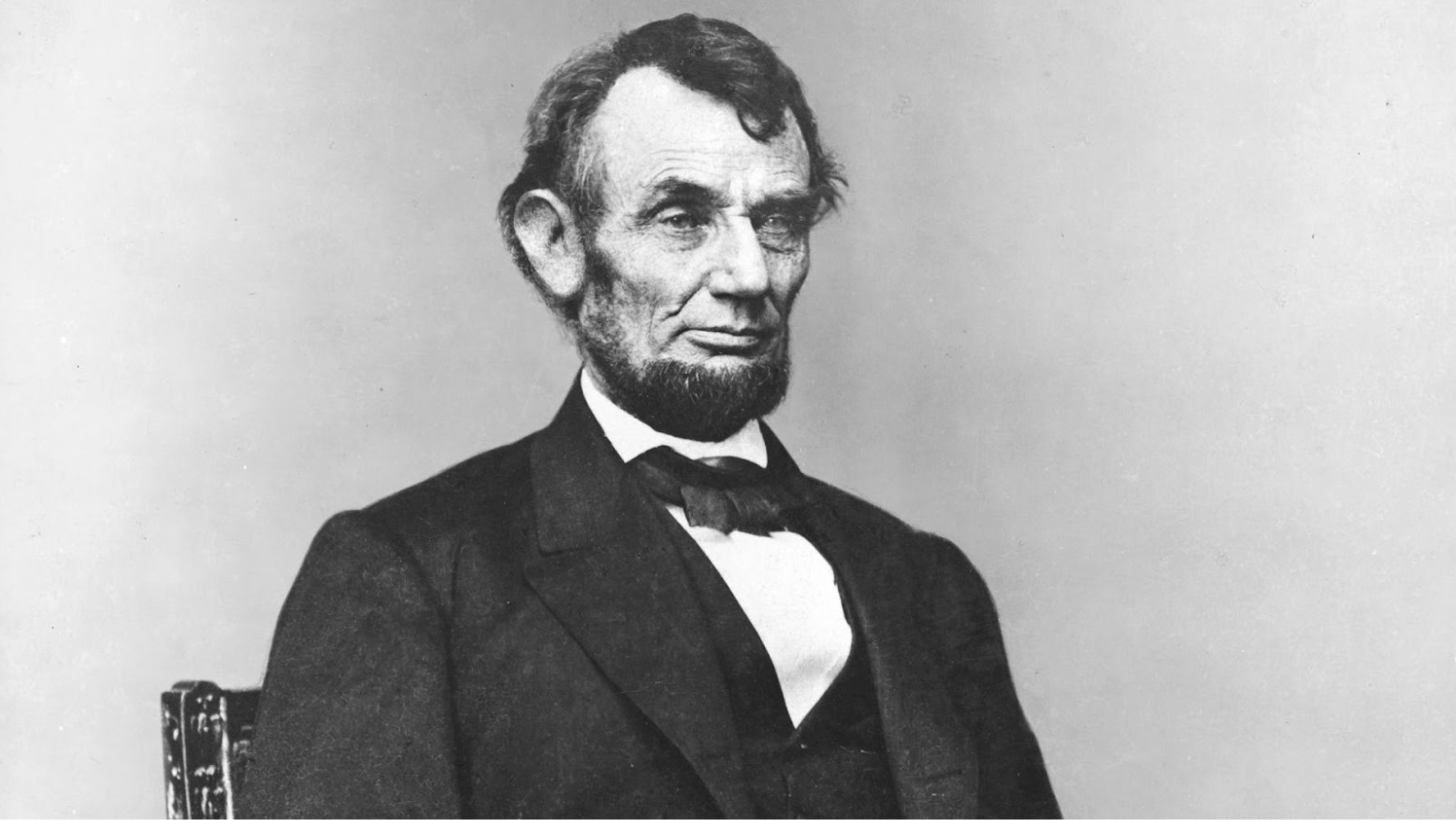
Source: Public Domain/Wikimedia Commons
Brady also set up a studio in Washington, D.C. This studio was led by a head photographer named Anthony Berger. Berger took the photo of Lincoln that was seen on the five-dollar bill for almost 100 years, until 2007.
A Known Editor
Interestingly, Brady was a known editor of the photos he took. Brady did this to create better photographs. The New York Times has stated that Brady “was not averse to certain forms of retouching.”
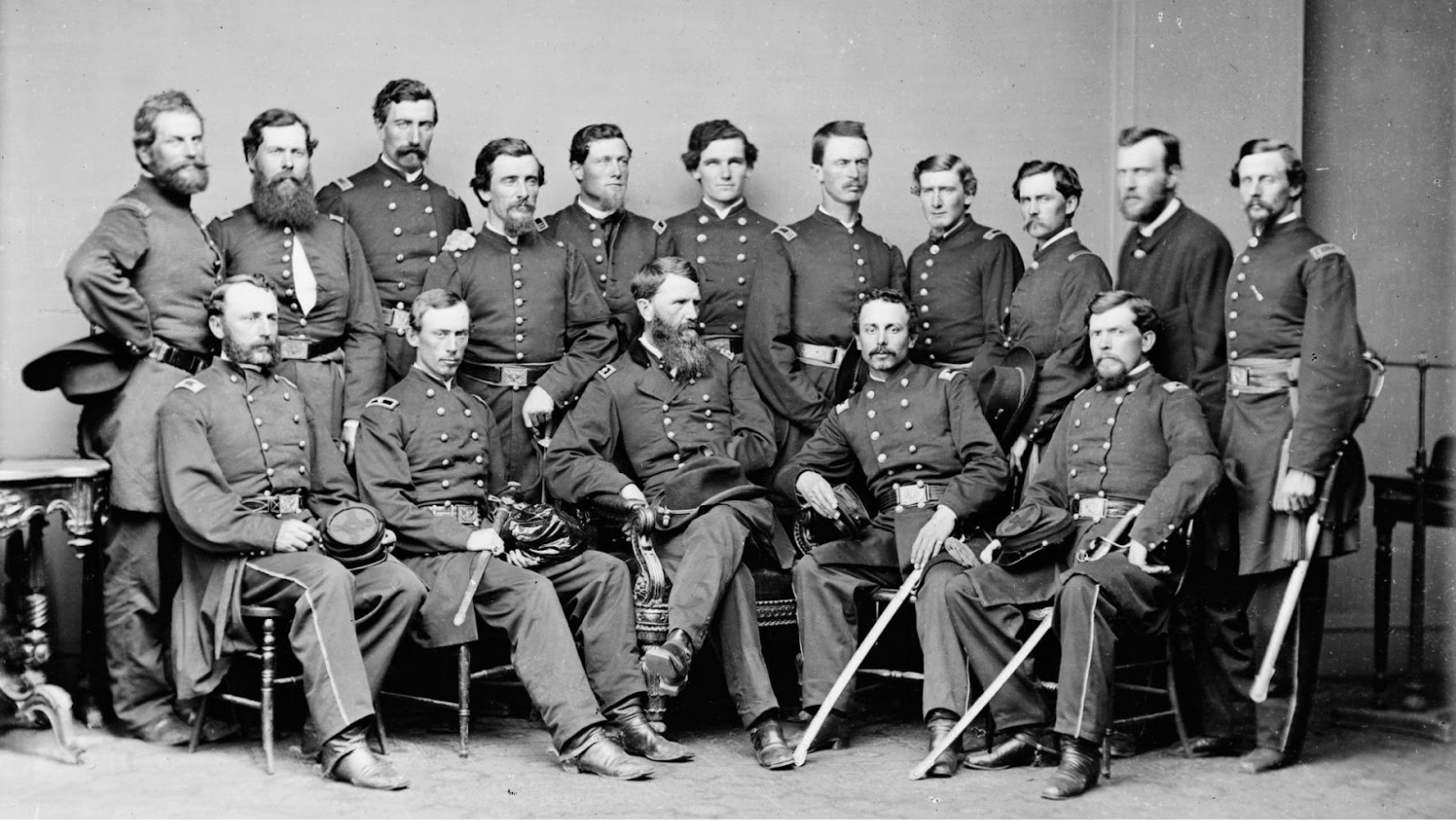
Source: Public Domain/Wikimedia Commons
Therefore, the photographer who took one of the most iconic pictures of Lincoln was employed at the same studio that was founded by a known editor. However, there’s one photo of Lincoln in particular that is almost fully manipulated.
Lincoln’s Famous 1865 Photo
In 1865, the head of Lincoln as seen in Berger’s five-dollar bill photo was flipped and then put onto the body of John Calhoun. Calhoun’s body was the one seen in an 1852 engraving.
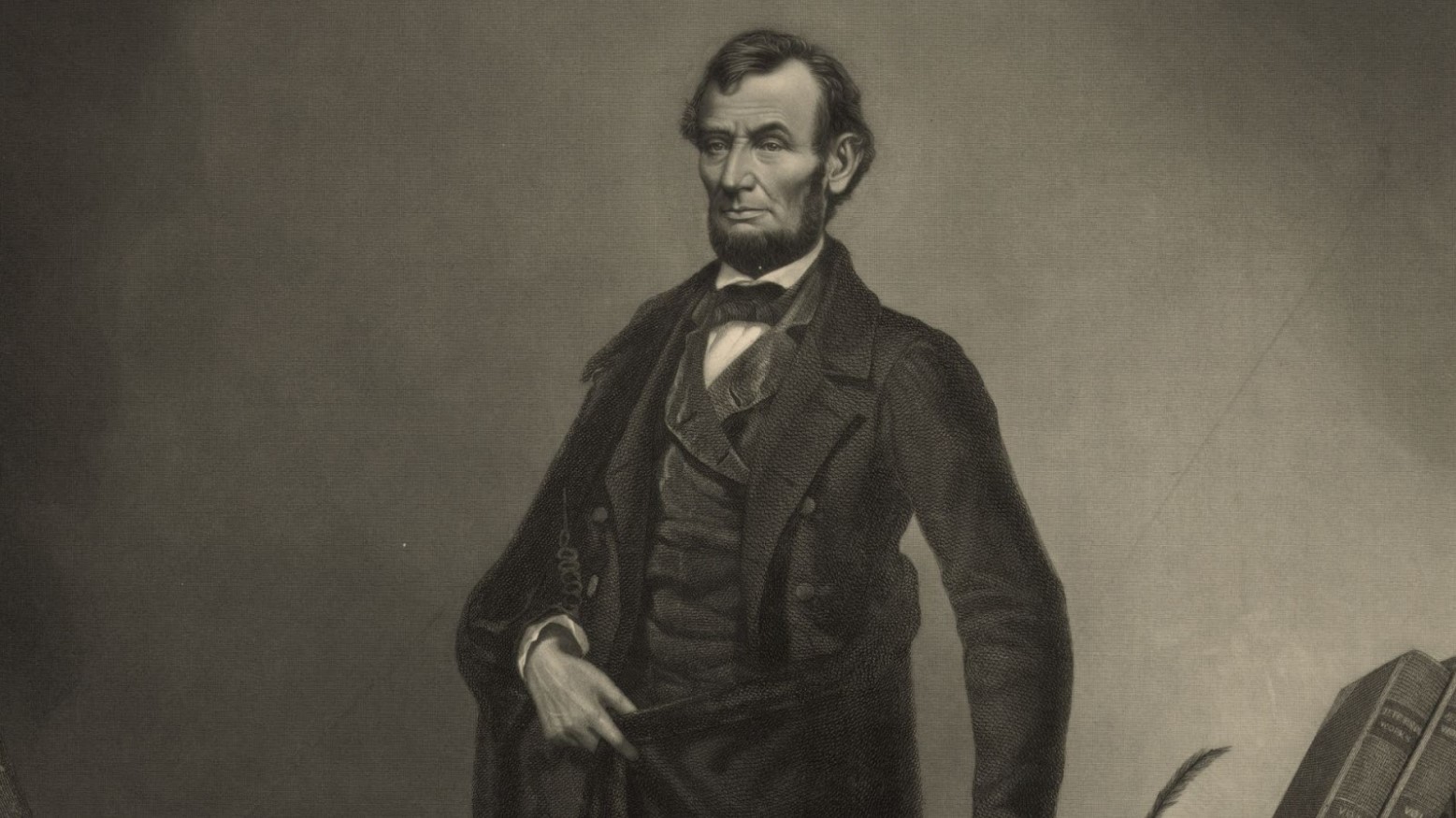
Source: Public Domain/Wikimedia Commons
A printmaker by the name of William Pate reportedly is the one who made this manipulation. Most interestingly, Pate also changed some of the words on papers on a table in the photo — mainly because Calhoun was a Southern politician and known supporter of slavery.
From Secessionist to Unionist
This interesting change manipulates the entire portrait. Some of the words changed from “Strict Constitution,” “the Sovereignty of the States,” and “Free Trade” to “Constitution,” “Proclamation of Freedom,” and “Union.”

Source: Public Domain/Wikimedia Commons
Holzer explained that “the John C Calhoun portrait morphed into a Lincoln portrait, flowing robes and all, Unionist replacing secessionist.”
The Legacy of Lincoln’s Doctored Photo
It was not known that this iconic photo of Lincoln was manipulated until more than a hundred years after it was taken. Holzer believes that Milton Kaplan, a Library of Congress archivist, first discovered this fact in a 1970 scholarly article.
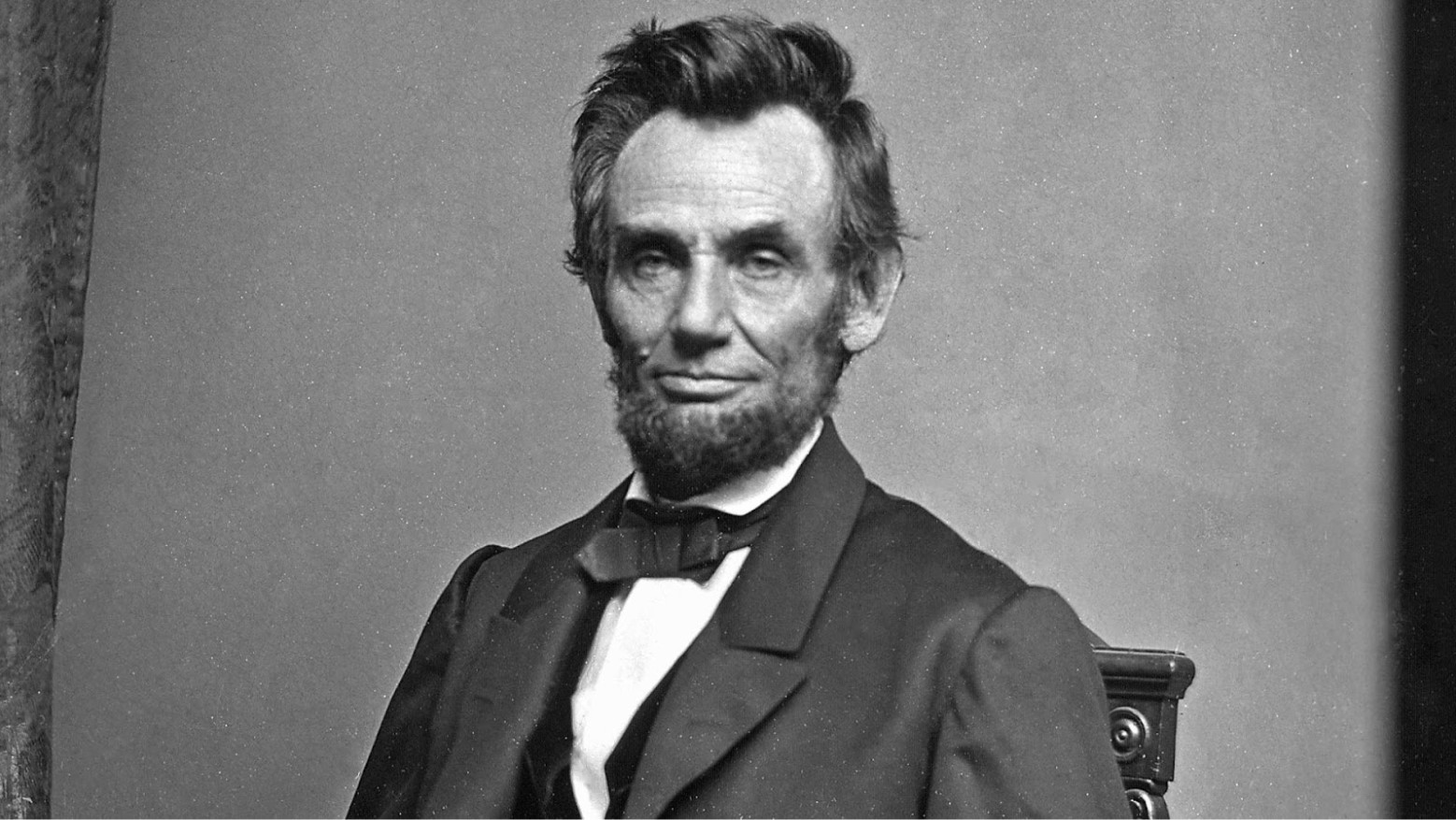
Source: Public Domain/Wikimedia Commons
Though it’s now clear this photo has been doctored, it still remains historical — for a new reason. “The great historical irony is that it’s the preserver of the Union’s head on the great nullifier’s body — the emancipator’s face on the body of slavery’s most ardent defender,” Holzer stated.
